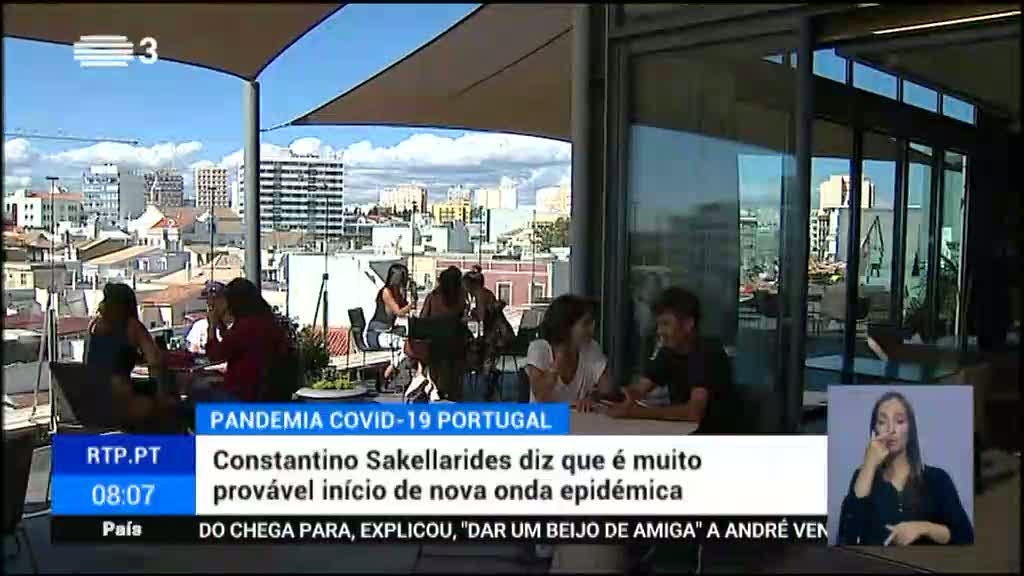loading…
These recommendations join a draft plan from a panel put together by the US National Academy of Sciences, Engineering and Medicine (NASEM), released earlier this month.
Experts laud the plans to address the historic scale and unique epidemiology of the Corona virus pandemic. They praised NASEM for including racial and ethnic minority groups in their guidelines – those hardest hit by COVID-19 – by addressing the socioeconomic factors that put them at risk.
Another opinion states that the WHO plan, on the other hand, is still in its early stages and will need more detail before its recommendations can be followed up.
“It’s very important to get different groups to think about this problem,” said Eric Toner, an emergency medicine doctor and pandemic expert who has done similar planning at the Johns Hopkins Center for Health Security in Baltimore, Maryland, USA.
And although the plans are somewhat different, Toner says, he’s seen a lot of deals. “It’s great that there is a consensus of opinion on this issue,” he said.
Current WHO guidelines only list which groups of people should have priority access to vaccines. The NASEM guidelines go one step further by ranking priority groups in the order of who should get the vaccine first.
According to the draft NASEM plan, after health care workers, the medically susceptible groups should be the first to receive the vaccine. This includes the elderly who live in crowded environments and individuals with various conditions, such as serious heart disease or diabetes, that put them at risk of developing a more serious COVID-19 infection.
The plan prioritizes workers in important industries, such as public transport, because their jobs put them in contact with large numbers of people. Likewise, people who live in crowded neighborhoods – homeless shelters and prisons, for example – are said to deserve early access.
Tiered Approach
The US National Academy of Sciences, Engineering and Medicine has proposed a five-phase plan to allocate the coronavirus vaccine fairly to US residents.
Stage 1
Health workers and first responders (5%).
Stage 2
People with underlying conditions that put them at high risk of developing severe COVID-19 disease or death, and older adults in densely populated environments (10%).
Stage 3
Exposure essential service workers at high risk, teachers and school staff, people in homeless shelters and prisons, older adults who have never been treated, and people with underlying conditions that put them at moderate risk (30-35%).
Stage 4
Young adults, children, and essential service workers with an increased risk of exposure (40–45%).
Stage 5
All remaining population (5–15%)
Note: Phase 1 and 2 may occur simultaneously. Percent is the percentage of the US population that receives the vaccine. Source: NASEM
Many countries already have general vaccine allocation plans, but they are adapted for the influenza pandemic rather than the new Coronavirus. They usually prioritize children and pregnant women. However, the COVID-19 plan is not, as most current vaccine trials do not include pregnant women, and the Coronavirus does not appear to be as deadly to children as influenza.
The NASEM guidance, in fact, recommends administering the COVID-19 vaccine to children during one of the final stages of its allocation plan.
– .


